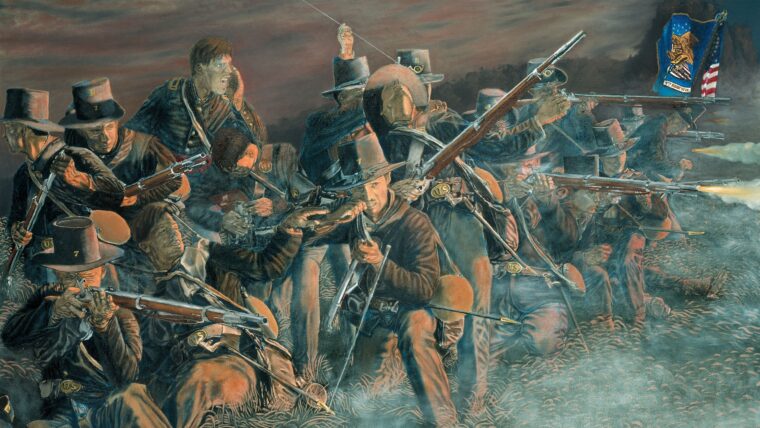
Latest Posts
Stonewall Jackson and John Gibbon at Brawner’s Farm
By John WalkerThe ground around Manassas, Virginia, was not auspicious for Union Army forces in the first two years of the Civil War. Read more


Latest Posts
The ground around Manassas, Virginia, was not auspicious for Union Army forces in the first two years of the Civil War. Read more

Latest Posts
On the afternoon of January 7, 1943, Boeing 314s Dixie Clipper and Atlantic Clipper took off from the Marine Air Terminal, La Guardia Airport in New York, their destination Miami. Read more

Latest Posts
In celebration of the sesquicentennials of General William T. Sherman’s Atlanta Campaign and March to the Sea, the Southern Museum of Civil War and Locomotive History is opening a special exhibit titled “1864.” Read more

Latest Posts
On this day in 1915, 42,000 Ottoman soldiers against 17,000 World War I ANZAC soldiers in the now famous Battle of Gallipoli. Read more

Latest Posts
The H.L. Hunley was a Confederate submarine that played a small, yet interesting role in the American Civil War. Often labeled as the first combat submarine that successfully sank another warship, the Hunley demonstrated some of the early advantages armies could attain by exploring undersea warfare. Read more

Latest Posts
March 15, 1781, was a critical date in the Revolutionary War. At a court house in present-day Greensboro, North Carolina, Lieutenant General Charles Cornwallis led a 2,100-man British force into battle against American Major General Nathanael Greene. Read more

Latest Posts
One of Adolf Hitler’s photo albums of art stolen by his Nazi troops is soon to be donated to the National Archives, according to the Washington Post. Read more

Latest Posts
According to a CNN article, 2014 was the 150 anniversary of “the peak year of suffering” in American Civil War prisons. Read more
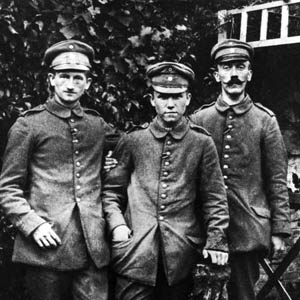
Latest Posts
Private Henry Tandey had a clear shot at the German soldier. He was so close that he could look his enemy in the eyes. Read more

Latest Posts
German interest in Adolf Hitler is on the rise, according to a recent Telgraph article and a study conducted by the German Media Control group. Read more

Latest Posts
1861 to 1865 marked a bitter time in U.S. history. Arguments over states’ rights, slavery and the role the federal goverment should play in national affairs brought both the North an South into a terrible conflict that became the American Civil War. Read more

Latest Posts
Founded in 1773, the Charleston Museum in South Carolina dubs itself “America’s First Museum.” Its new collection, “Unfurled,” is a stunning collection of historical flags from American history. Read more
Latest Posts
For General Philiip Sheridan, war was a tonic.
“He was a wonderful man on the battle field,” one of his fellow Union officers recalled, “and never in as good humor as when under fire.” Read more
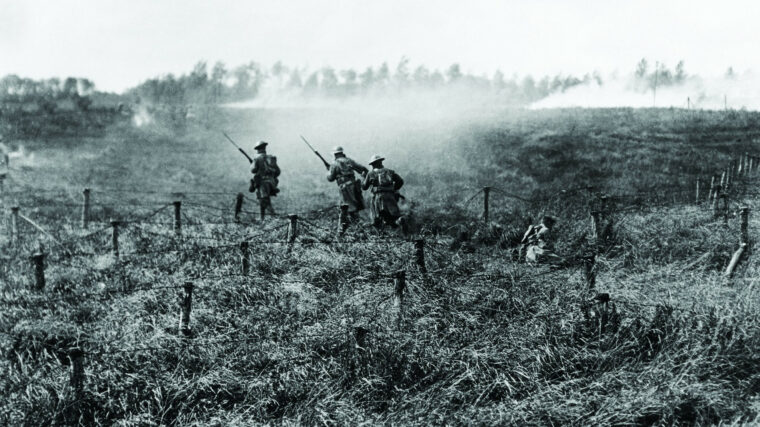
Latest Posts
At 0100 hours on September 12, 1918, German positions in the St. Mihiel salient on the Western Front were lit up by a massive artillery barrage. Read more

Latest Posts
Shortly after midnight on the morning of April 12, 1861, four men in a rowboat made their way across the pitch-black harbor at Charleston, South Carolina, toward Fort Sumter, an unfinished and architecturally insignificant masonry fort three miles out from the city where the harbor meets the Atlantic Ocean. Read more

Latest Posts
For U.S. forces, the Pacific Theater was orchestrated by two leading commanders: Admiral Chester Nimitz controlled the Pacific Ocean Areas (POA), and General MacArthur was the Supreme Allied Commander of the South West Pacific Area (SWPA). Read more
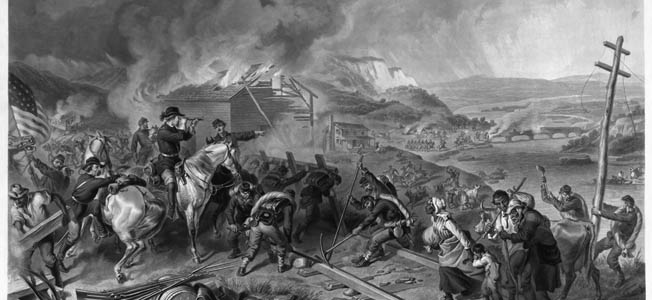
Latest Posts
It isn’t how most would characterize William T. Sherman’s famous march across Georgia in 1864, but Thomas Ricks of Stars and Stripes begs to differ. Read more
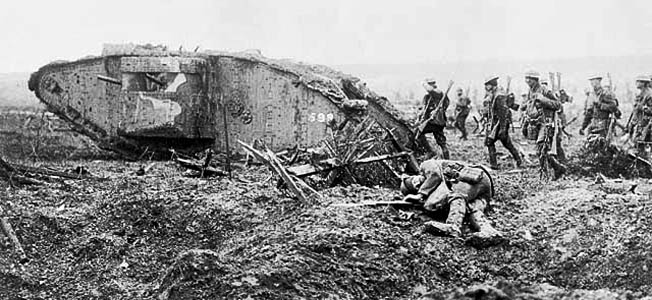
Latest Posts
June 28, 2014 will mark a key milestone in military history: it will be the centennial anniversary of the start of World War I. Read more
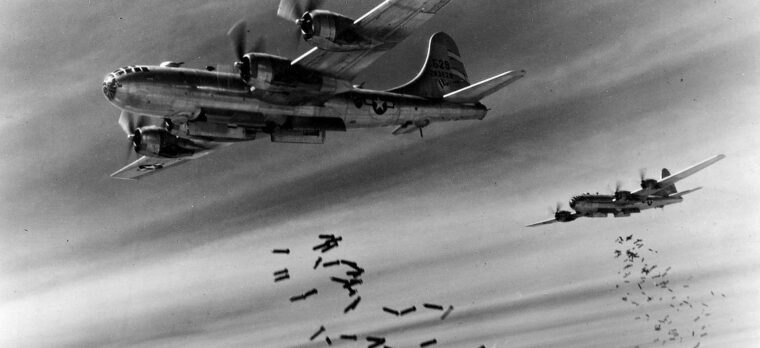
Latest Posts
By Joe Kirby
When Maj. Gen. Curtis LeMay, the hard-driving commander of the Twentieth U.S. Air Force based in Guam, decided to change tactics in early 1945 to boost the effectiveness of the B-29 Superfortress, it was the Bell Aircraft plant in Marietta, Georgia, that ultimately provided him with the stripped-down bombers that played such a key role in ending the war in the Pacific. Read more

Latest Posts
Before the Gulf War, the U.S. Army was medically configured to deal with casualties expected to occur in a large-scale conventional conflict. Read more